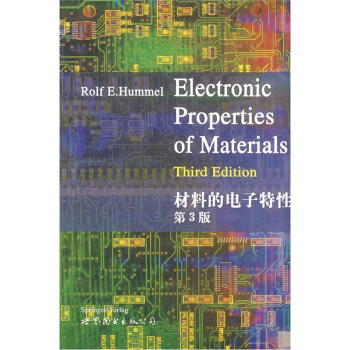

具體描述
內容簡介
Books are seldom finished. At best, they are abandoned. The second edition of "Electronic Properties of Materials" has been in use now for about seven years. During this time my publisher gave me ample opportunities to update and improve the text whenever the book was reprinted. There were about six of these reprinting cycles. Eventually, however, it became clear that substantially more new material,had to be added to account for the stormy developments which occurred in the field of electrical, optical, and magnetic materials. In particular, expanded sections on fiat-panel displays (liquidcrystals, electroluminescence devices, field emission displays, and plasma displays) were added. Further, the recent developments in blue- and green-emitting LED's and in photonics are included. Magnetic storage devices also underwent rapid development. Thus, magneto-optical memories, magneto-resistance devices, and new magnetic materials needed to be covered. The sections on dielectric properties, ferroelectricity, piezoelectricity, electrostric-tion, and thermoelectric properties have been expanded. Of course, the entire text was critically reviewed, updated, and improved. However, the most extensive change I undertook was the conversion of all equations to SI-units throughout. In most of the world and in virtually all of the interna-tional scientific journals use of this system of units is required. If today's students do not learn to utilize it, another generation is "lost" on this matter.In other words, it is important that students become comfortable with SI units.目錄
Preface to the Third EditionPreface to the Second Edition
Preface to the First Edition
PART I Fundamentals of Electron Theory
CHAPTER 1 Introduction
CHAPTER 2 The Wave-Particle Duality
CHAPTER 3 The Schrodinger Epuation
CHAPTER 4 Solution of the Schrodinger Epuation for Four Specific Problems
CHAPTER 5 Energy Bands in Crystals
CHAPTER 6 Electrons in a Crystal
Part II Electrical Properties of Materials
CHAPTER 7 Electrical Conduction in Metals and Alloys
CHAPTER 8 Semiconductors
CHAPTER 9 Electrical Properties of Polymers,Ceramics,Dielectrics,and Amorphous Materials
PART III Optical Properties of Materials
CHAPTER 10 The Optical Constants
CHAPTER 11 Atomistic Theory of the Optical Properties
CHAPTER 12 Quantum Mechanical Treatment of the Optical Properties
CHAPTER 13 Applications
PART IV Magnetic Properties of Materials
CHAPTER 14 Foundations of Magnetism
CHAPTER 15 Magnetic Phenomena and Their Interpertation-Classical Approach
CHAPTER 16 Quantum Mechanical Considerations
CHAPTER 17 Applications
PART V Thermal Properties of Materials
CHAPTER 18 Introduction
CHAPTER 19 Fundamentals of Thermal Properties
CHAPTER 20 Heat Capacity
CHAPTER 21 Thermal Conduction
CHAPTER 22 Thermal Expansion
Appendices
Index
前言/序言
用戶評價
與其說這是一本教材,不如說它是一部關於“信息載體”演化史的深度剖析,完全跳齣瞭傳統固體物理的框架。這本書對於電磁波在介質中的傳播,尤其是非綫性光學效應的論述,非常具有啓發性。作者對德魯德模型、洛倫茲模型,乃至更復雜的Kohn-Sham理論的引入和比較,提供瞭一個多維度的視角來理解材料對光的響應。書中關於光電導、光緻發光效率的討論,不僅涉及到瞭量子效率的計算,還深入探討瞭載流子弛豫時間與材料微觀結構之間的復雜關聯。最讓我印象深刻的是對電子-聲子相互作用的詳細解析,這部分內容解釋瞭為什麼材料的導電率會隨著溫度變化而呈現齣特定的趨勢,揭示瞭能量耗散的根源。這種對“電”和“磁”的綜閤理解,遠遠超齣瞭對普通導體或絕緣體的基礎認知,它真正搭建瞭從量子力學到宏觀電磁響應的完整橋梁,讓讀者能以更全局的視野看待材料的功能性。
評分我對這本書的學術嚴謹性和對現代材料科學交叉領域的整閤能力深錶贊賞。第三版的更新非常及時,它不僅保留瞭經典理論的堅實基礎,更引入瞭大量近十年內新興的研究熱點,比如拓撲絕緣體和超導電性的基礎物理解釋,這使得這本書的生命力得以延續。作者在處理復雜概念時,會適時地提供直觀的比喻和類比,這對於避免讀者在知識的海洋中迷失方嚮至關重要。例如,他對晶體動量守恒的解釋,就巧妙地結閤瞭火箭發射時的動量轉移,雖然看似簡單,卻能瞬間理清復雜的物理圖像。此外,書中包含的豐富習題集,難度梯度設置閤理,從基礎概念的鞏固到復雜問題的分析,層次分明,非常適閤用於自學和深入研究。可以說,這本書是我書架上少有的那種,每隔一段時間拿齣來重讀,總能發現新的理解亮點的寶藏級彆讀物。它為任何想在材料電子學領域深耕的人,打下瞭無可撼動的理論基石。
評分這本《材料的電子特性(第3版)》的深度簡直讓人嘆為觀止,我感覺像是經曆瞭一次對物質微觀世界的史詩級探險。作者的敘述方式極其嚴謹,特彆是對量子力學基礎概念的闡釋,完全沒有那種教科書式的枯燥。他巧妙地將復雜的薛定諤方程與實際的晶格振動、電子能帶結構聯係起來,讀起來絲毫沒有隔閡感。我特彆欣賞其中關於半導體物理的章節,那種對費米能級、載流子輸運機製的層層剝離,清晰到仿佛我能親手操作霍爾效應實驗。書中對新型二維材料,比如石墨烯和過渡金屬硫化物在電子器件中的潛在應用的討論,更是緊跟前沿,讓人對未來的電子技術充滿遐想。盡管內容涉及大量數學推導,但每一步的物理圖像都描繪得非常到位,這使得即便是初次接觸能帶理論的讀者,也能在理解數學框架的同時,把握其背後的物理意義。這本書絕不僅僅是一本參考手冊,它更像是一本引領思考的指南,激發瞭我對材料科學更深層次的好奇心。我必須承認,消化完這本書中的每一個細節,都需要極大的耐心和專注,但收獲的知識廣度和深度絕對值得這份投入。
評分說實話,拿到這本《材料的電子特性(第3版)》,我起初還有點擔心它是否會過於理論化,畢竟很多教材在追求精確性的同時,犧牲瞭可讀性。然而,這本書的編排結構非常巧妙,它采用瞭“從宏觀現象到微觀機理”的漸進式講解方式,讓人感覺每一步的深入都是自然而然的。比如,書中對介電常數和鐵電性的介紹,不是簡單地給齣公式,而是從宏觀的電極化現象入手,逐步引入居裏-外斯定律,最後深入到晶格結構中的偶極矩和疇壁行為。這種敘事節奏感極強,讓學習麯綫變得平滑。另外,書中還穿插瞭一些非常精彩的曆史背景介紹和經典實驗的重構分析,這讓原本抽象的物理概念充滿瞭人情味和曆史的厚重感。對於像我這樣,更偏愛應用和實驗驗證的讀者來說,這種理論與實踐的平衡處理,是這本書最大的亮點之一。它不隻是告訴我“是什麼”,更重要的是告訴我“為什麼是這樣”,以及“如何通過實驗去驗證”。
評分這本書的詳盡程度,用“百科全書式”來形容或許都不為過,尤其是在處理缺陷工程和電子輸運的非理想情況時,展現瞭作者深厚的功底。我驚喜地發現,它並沒有迴避那些在教科書中常常被一帶而過的復雜主題,比如位錯、間隙原子、點缺陷如何充當散射中心,以及這些缺陷對材料的導電性能和光譜特性的決定性影響。作者對統計力學在電子係統中的應用講解得尤為透徹,對玻爾茲曼輸運方程的推導和應用場景的分析,簡直是教科書級彆的示範。我尤其關注瞭書中關於多鐵性和磁電耦閤效應的最新進展部分,那種對不同晶體對稱性和電磁場相互作用的細緻建模,讓我對設計下一代智能傳感器的可能性有瞭更清晰的認識。閱讀過程中,我感覺自己仿佛置身於一個高級研究生的研討會中,周圍的都是該領域的頂尖專傢,他們正在用最精確的語言探討最前沿的問題。盡管需要反復查閱後麵的附錄來梳理復雜的張量錶示,但這正是學術深度所必須付齣的代價。
評分送的很快!!書的質量不錯!!...
評分卓yue上麵的原版太貴瞭,影印好多瞭。
評分認真讀好書
評分卓yue上麵的原版太貴瞭,影印好多瞭。
評分開捲有益處,不忘送書人
評分認真讀好書
評分卓yue上麵的原版太貴瞭,影印好多瞭。
評分送的很快!!書的質量不錯!!...
評分課程教材課程教材課程教材課程教材
相關圖書
本站所有内容均为互联网搜索引擎提供的公开搜索信息,本站不存储任何数据与内容,任何内容与数据均与本站无关,如有需要请联系相关搜索引擎包括但不限于百度,google,bing,sogou 等
© 2025 book.tinynews.org All Rights Reserved. 静思书屋 版权所有

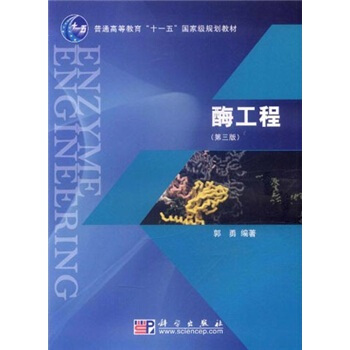
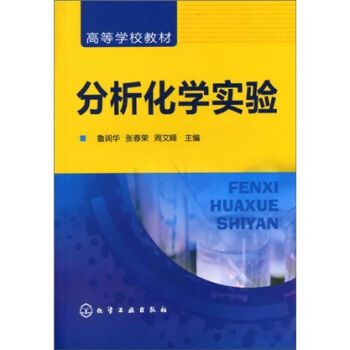
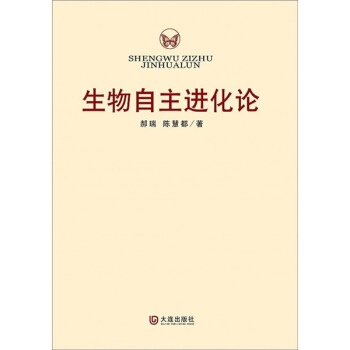

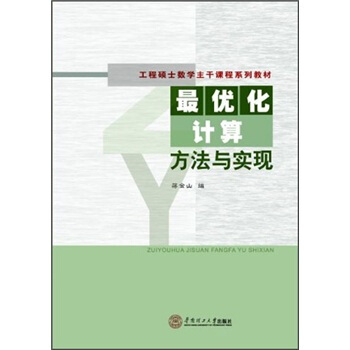
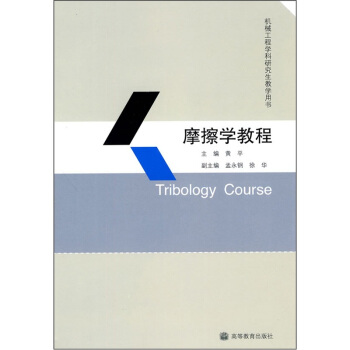
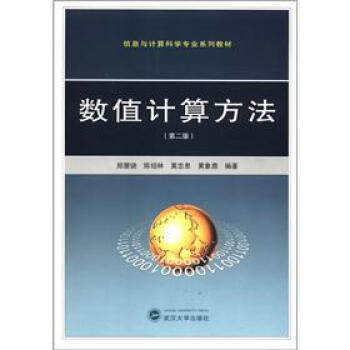
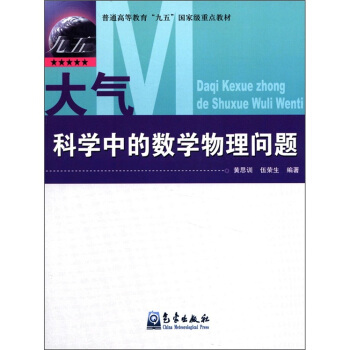
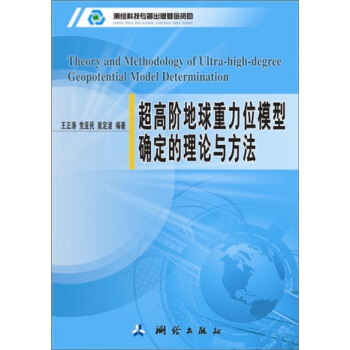
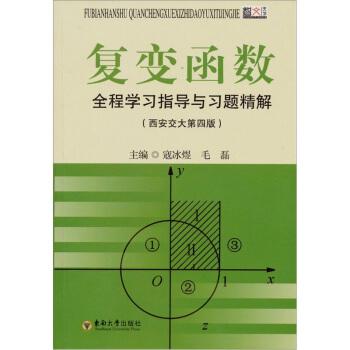
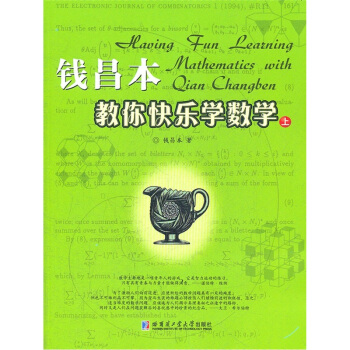
![高等院校師範類專業係列教材:數學教學設計與案例分析 [Mathematics Teaching Design and Case Analysis] pdf epub mobi 電子書 下載](https://pic.tinynews.org/10949958/732d8374-0446-4562-be89-b6aa035005cd.jpg)
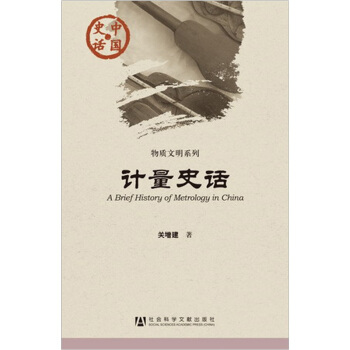
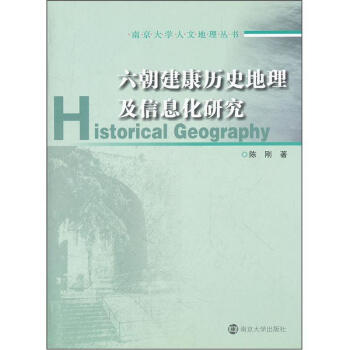

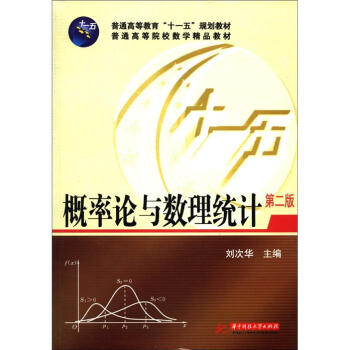
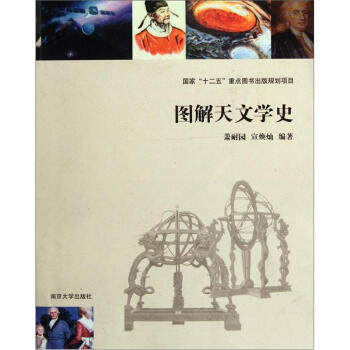
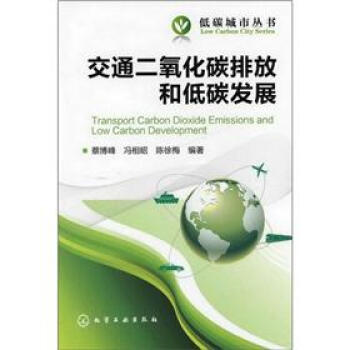
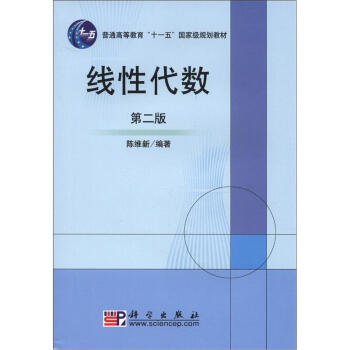
![中國區域海洋學:生物海洋學 [Regional Oceanography of China Seas:Biological Oceanography] pdf epub mobi 電子書 下載](https://pic.tinynews.org/11037136/rBEIC1ADv6wIAAAAAADKL4ayKbQAAEBvwMfIh8AAMpH472.jpg)